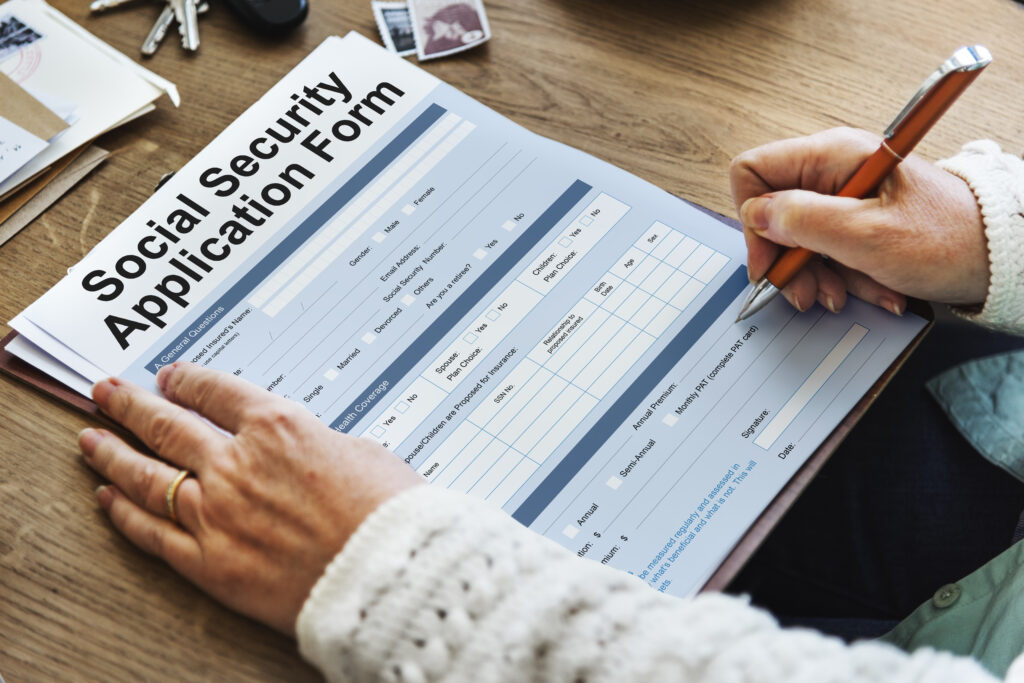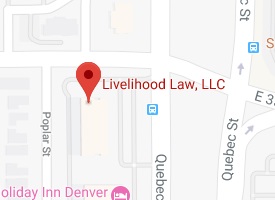
The Social Security Administration (SSA) administers two programs designed to provide financial safety nets for disabled workers and their families: the Social Security Disability Insurance (SSDI) and the Supplemental Security Income (SSI). SSDI became law in 1956, and by 1970, it provided benefits to 2 million citizens with disabilities. Today, that number has increased to more than 8.5 million.
Unlike other disability programs, SSDI beneficiaries can receive aid regardless of their unearned income or savings. Because SSDI doesn’t have the strict financial standards of other programs, benefits are easier to manage. However, every person with a disability doesn’t automatically qualify. So, if you or a person you know has a disability, it’s vital to understand SSDI rules before submitting your application.
Eligibility Requirements for SSDI
SSDI is available to any worker who meets the legal definition of disabled and has earned a specific number of credits by working at a job covered by SSDI. To be fully insured, workers must have 6 to 40 credits at the time of their disability, depending on their age. Additionally, workers must have earned at least 20 credits in the 40 calendar quarters before applying.
How to Earn Disability Credits
Workers earn up to 4 disability credits per year through payroll taxes. The SSA tax rate for employees is 7.65%, with a matching employer tax. Self-employed workers pay both portions of the tax for a combined rate of 15.3%. In 2022, a worker must have earned at least $1,510 per quarter for a single credit and $6,040 for four credits.
Qualifying for Benefits
To qualify for SSDI, a worker must have worked in jobs covered by Social Security and have a medical condition that meets Social Security’s strict definition of disability. A disability under SSDI rules means that you have a physical or mental impairment that makes it impossible to engage in any substantial gainful activity. The impairment also must be expected to last for at least one year or result in death.
In 2022, SSA defines “substantial gainful activity” as any job where an individual earns more than $1,350 per month. The income restriction applies to monies earned from work only. An applicant can still qualify for SSDI if they receive unearned income for sources other than work.
Calculating Your Benefit Amount
SSA determined your monthly SSDI benefits based on your covered employment earnings. The Administration calculates your Average Indexed Monthly Earnings (AIME) using a measure of your lifetime predictability earnings. In computing the AIME, SSA adjusts those past earnings to reflect the change in wage levels during your years of employment. Then, SSA averages those wages over your years of work.
How Long Can You Receive Benefits
Upon qualifying for SSDI, individuals you remained disabled are entitled to benefits until they can return to a substantial gainful activity or reach retirement age. Once a beneficiary reaches retirement age, disability benefits automatically convert to retirement benefits if an individual is still in the program at that time.
Why Get Help With Your SSDI Application
Typically, applicants demonstrate their need for disability benefits using medical records, but this presents a challenge for long COVID sufferers. Because COVID-19 is not currently on the SSA list of automatically disabling conditions, applicants must demonstrate that one of their symptoms meets the criteria for one of the other listed impairments just like any other applicant. This doesn’t mean that the SSA will not approve disability benefits for long COVID sufferers, but it does mean that applicants have to show a documented inability to work due to their personal medical issues. Unfortunately, many long COVID sufferers have a somewhat vague and self-reported set of symptoms, so applicants must be sure that these are documented with a medical provider to the greatest extent possible.
Help for Long COVID Sufferers Applying for Disability Benefits
Between 2009 and 2018, SSA denied 66% of initial disability applicants on average. Though the denial rates for long COVID sufferers haven’t been confirmed, it is expected that the rate for those applicants is much higher.
We are in unchartered territory when it comes to long COVID, and when your livelihood is on the line, you don’t want to leave your application to chance. If you are unable to work because of your COVID-19 symptoms, Livelihood Law can help. Contact us so we can assist you in documenting your medical impairment and get you the benefits you deserve.
Sometimes workers get legal help when they first start the SSDI application process. This is preferable because an attorney can ensure that the application is complete and presents a thorough record of your disability and inability to work.
However, most commonly, applicants will hire an attorney if SSA denies their application. On average, SSA denies 66% of SSDI applications. The most common reasons for denials are a failure to:
- Accurately prove a disability;
- Show proof of following a doctor’s treatment advice;
- Demonstrate an inability to work or sufficient SSDI credits; or
- Cooperate with SSA requests.

During the appeals process, an attorney can gather and present a coherent medical record that accurately documents your condition and work history to ensure you received the benefits you deserve.
How Livelihood Law Can Help
If you need assistance with your SSDI application or appeal, the seasoned attorneys at Livelihood Law can help you secure the benefits you deserve. Contact us so we can assist you in evaluating your situation today.


